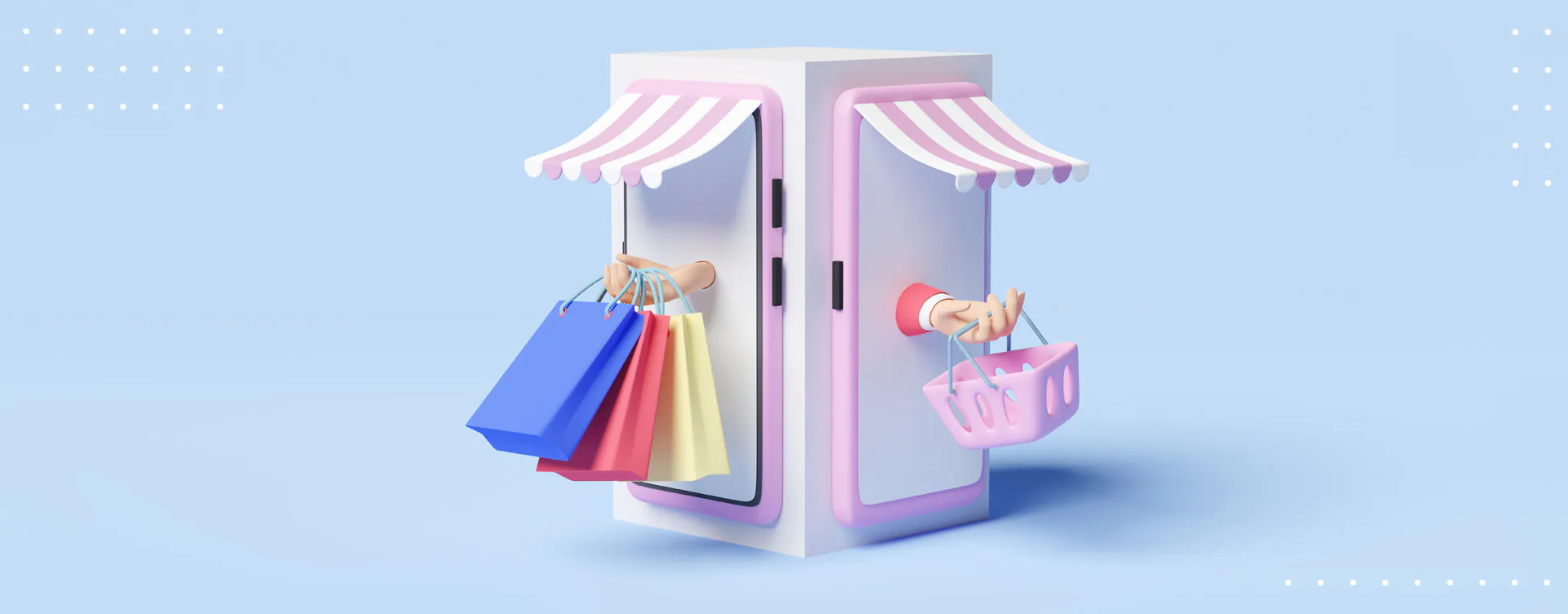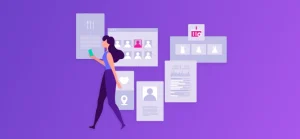What Features in E-Commerce App Increase Conversion
Introduction In today’s digital world, e-commerce is booming. But it’s not just about getting people to visit your store. It’s about getting them to buy. That’s where conversi...

Introduction
In today’s digital world, e-commerce is booming. But it’s not just about getting people to visit your store. It’s about getting them to buy. That’s where conversion comes in.
So what actually drives conversion in an e-commerce app? It’s not one magic feature. Instead, it’s a combination of thoughtful design, a seamless experience, and smart functionality. Let’s take a look at the key e-commerce app features that can help turn casual visitors into repeat customers.
1. Fast and Intuitive Navigation
Speed matters. People don’t like to wait. If your app is slow or clunky, you’re likely losing sales.
A clean, intuitive layout makes it easy for users to browse. Categories should be clearly labeled. Filters and search functions should be fast and responsive. The fewer clicks it takes to find a product, the better.
Pro tip:
You can use smart search with autocomplete and typo tolerance. This helps shoppers find what they need, even if they misspell something.
2. Mobile-First Design
More people are shopping on their phones than ever before. If your e-сommerce app isn’t optimized for mobile, you’re missing out.
Mobile-first design means:
- Buttons are easy to tap.
- Text is readable without zooming.
- Pages load quickly on mobile networks.
Don’t forget about gestures. Swipeable image galleries and sticky “Add to Cart” buttons can improve engagement.

3. Clear Product Information
When shopping online, customers can’t touch or try products. So your app needs to provide them with all the information they need to feel confident.
This includes:
- High-quality images (zoomable and 360°)
- Clear pricing
- Available sizes and colors
- Shipping and return policies
- Customer reviews
Reviews are especially trust-building. They can make a hesitant shopper feel more confident.
4. Seamless Checkout Process
A complicated checkout process is a conversion killer. It’s that simple.
Keep it short. The fewer steps, the better. Offer the option to checkout as a guest. Some people don’t want to create an account right away.
Also, provide multiple payment options – credit cards, PayPal, Apple Pay, Google Pay, even buy now pay later options like Klarna or Afterpay. Giving people options means fewer abandoned carts.
5. Personalized Recommendations
People like to feel seen. Personalized recommendations based on browsing history or past purchases can increase average order value.
If someone looks at a jacket, suggest matching pants or accessories. If they bought skincare last month, show them restocks or new arrivals this month.
Even personalized push notifications (used wisely) can bring them back to complete their purchase.

6. Trust Signals and Security
Let’s face it – trust is everything.
Customers won’t enter their credit card details if they don’t feel safe. That’s why displaying security badges, SSL certificates, and reputable payment gateways helps.
Also, include clear return policies, FAQs, and contact information. Make it easy to get support. Live chat adds a personal touch and can help answer last-minute questions that might otherwise derail a sale.
7. Persistent Shopping Cart
Sometimes life gets in the way. A user may start shopping but not finish. If their cart disappears when they return, it’s frustrating.
A persistent cart keeps items even if the session ends. This makes returning to the app smooth and stress-free. Combine this with gentle email or in-app reminders and you’re more likely to win back the sale.

8. Exit-Intent Offers
Sometimes the moment before a user leaves is your last chance.
Exit intent popups can help. Offer a discount code or free shipping. Even a reminder of what’s in their cart can encourage them to stay.
Used sparingly, this feature can be a powerful tool for bringing back hesitant shoppers.
9. Loyalty and Rewards Programs
Everyone loves rewards. Offering a points system, cashback, or exclusive discounts can keep people coming back.
Make the program clear. Show users how close they are to their next reward. Even small incentives can have a big impact over time.
10. Social Proof and User-Generated Content
Seeing others enjoy your product builds confidence.
Encourage customers to leave reviews, upload photos, or tag your brand on social media. Show this content on product pages or home screens. It adds authenticity and helps people imagine themselves using the product.

Conclusion
E-commerce isn’t just about selling stuff. It’s about creating a seamless, personal, and trustworthy journey.
When your app puts people first – making it easy to learn, safe to buy from, and enjoyable to use again – conversion rates naturally rise. It’s not just about flashy features. It’s about how those features make your customers feel.
So start small. Focus on your customers’ pain points. Improve your e-commerce app experience one step at a time. And remember, every extra click you eliminate, or every second you save, could be the difference between someone deciding to buy – or not.
Want to improve your e-commerce app? Our team can help you create a user-centric experience.